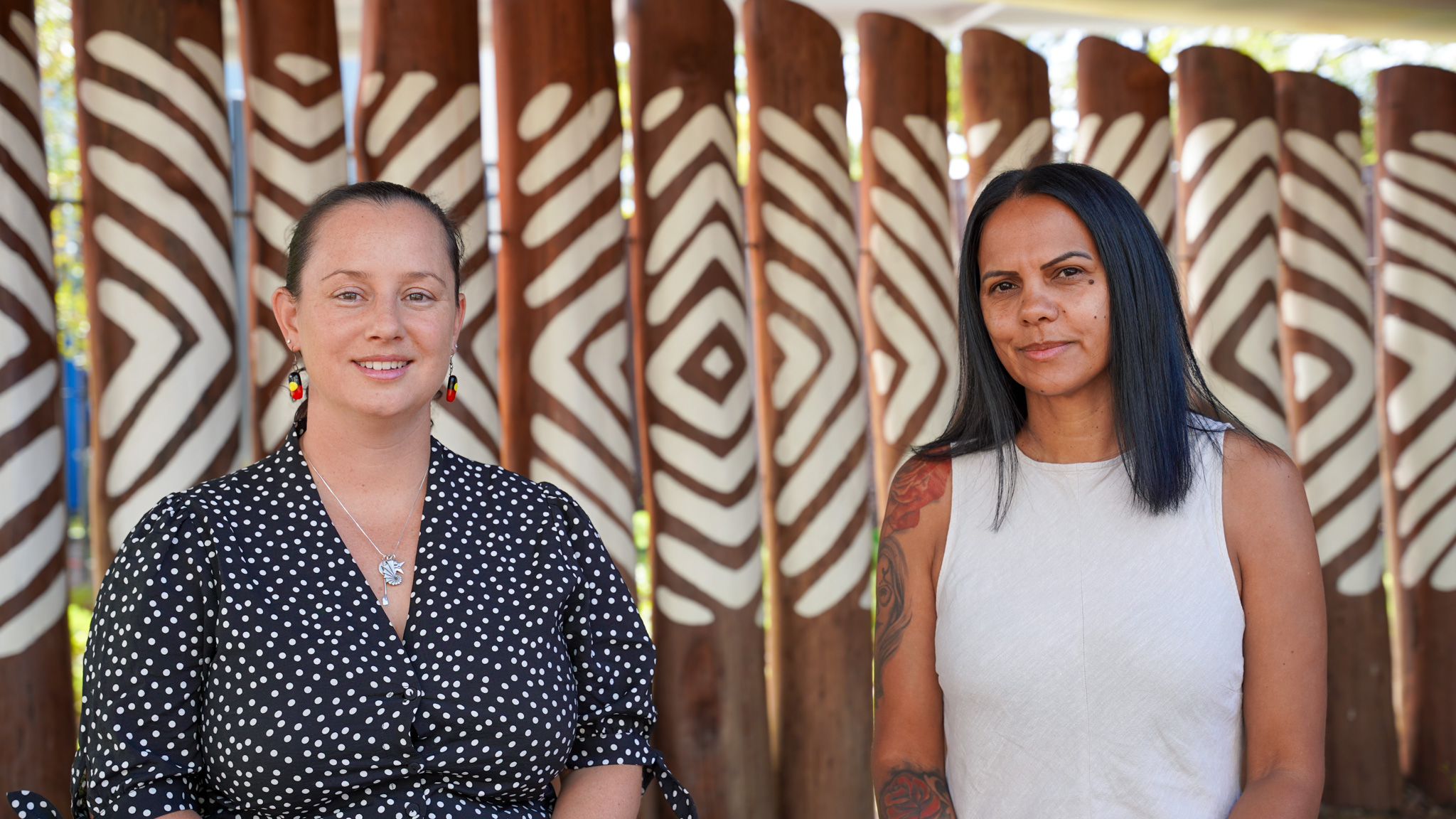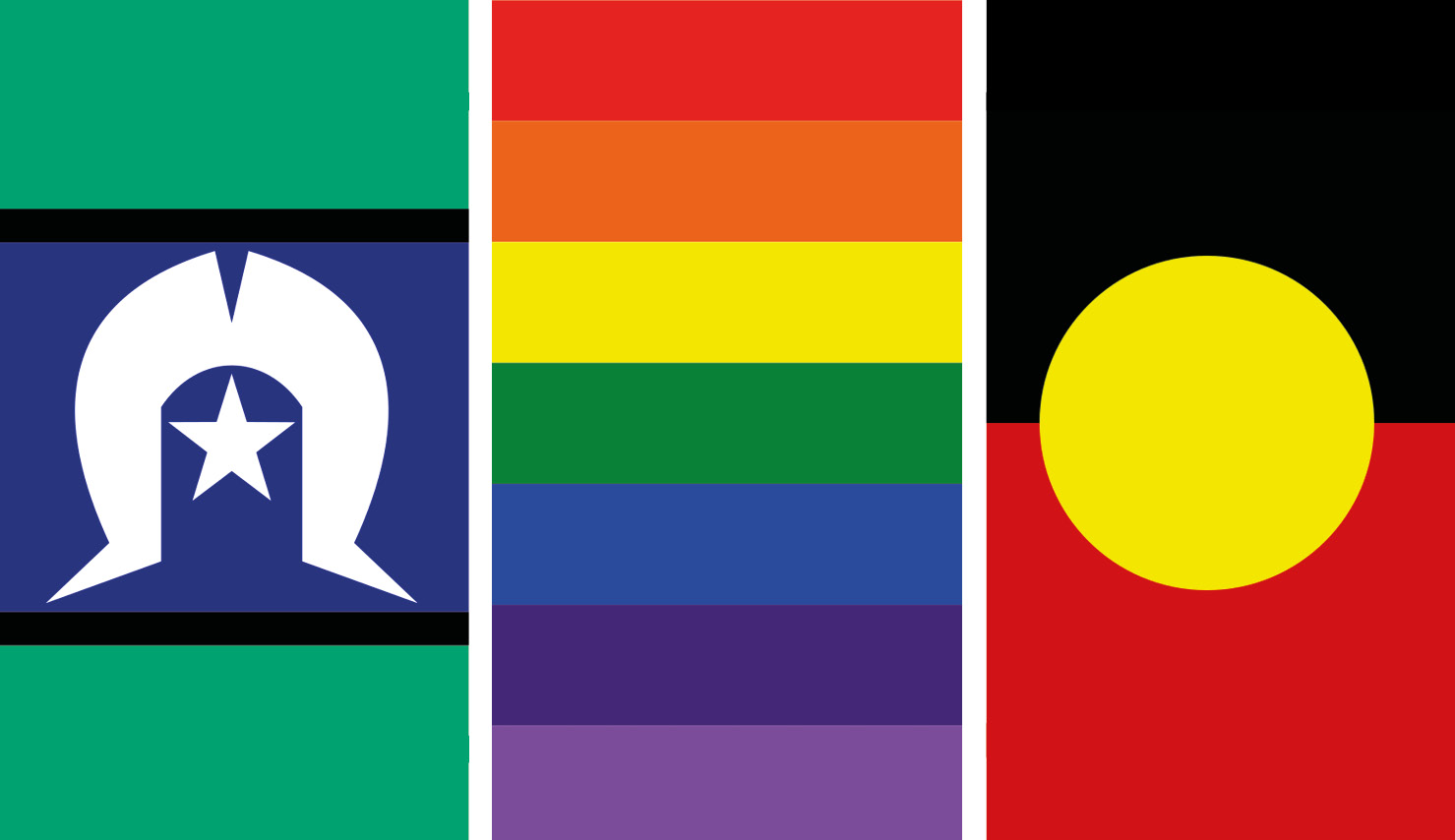Search
Research
Modern and traditional diets for Noongar infantsBreast- & bottle-feeding patterns & the introduction of solid feeds & sugar containing drinks to the dietary intake of a cohort of urban Aboriginal infants

A first of its kind research program at The Kids Research Institute Australia aims to develop new strategies to better treat Aboriginal and Torres Strait Islander children with cancer.

Are you a young person (14-25 years old) who is Aboriginal and/or Torres Strait Islander and LGBTIQ?
Research
Development and validation of the Australian Aboriginal racial identity and self-esteem survey for 8-12 year old children (IRISE-C)In Australia, there is little empirical research of the racial identity of Indigenous children and youth as the majority of the current literature focuses on...
Research
Impact of an Ivermectin Mass Drug Administration on Scabies Prevalence in a Remote Australian Aboriginal Community.Scabies is endemic in many Aboriginal and Torres Strait Islander communities, with 69% of infants infected in the first year of life.
Research
Study Protocol: Missing Voices – Communication Difficulties after Stroke and Traumatic Brain Injury in Aboriginal AustraliansAboriginal and Torres Strait Islander Australians experience stroke and traumatic brain injury (TBI) with much greater frequency than non-Aboriginal Australians
Research
Risk factors and comorbidities for invasive pneumococcal disease in Western Australian Aboriginal and non-Aboriginal peopleAustralian Aboriginal people have among the highest rates of invasive pneumococcal disease (IPD) worldwide. This paper investigates clinical diagnosis, risk...
Research
The Halls Creek Community Families Program: Elements of the role of the child health nurse in development of a remoteThis study measures changes in participants' understanding of the role and scope of practice of the child health nurse facilitator, thereby supporting...
Research
Suicide prevention for Aboriginal and Torres Strait Islander young people: Fact Sheet 3This is the third fact sheet regarding the Aboriginal and Torres Strait Islander Suicide Prevention Evaluation Project.
Research
Invasive Staphylococcus aureus Infections in Children in Tropical Northern AustraliaWe conducted a retrospective review for all cases of S aureus bacteremia and sterile site infections, for children under 15 years, in northern Australia over...
